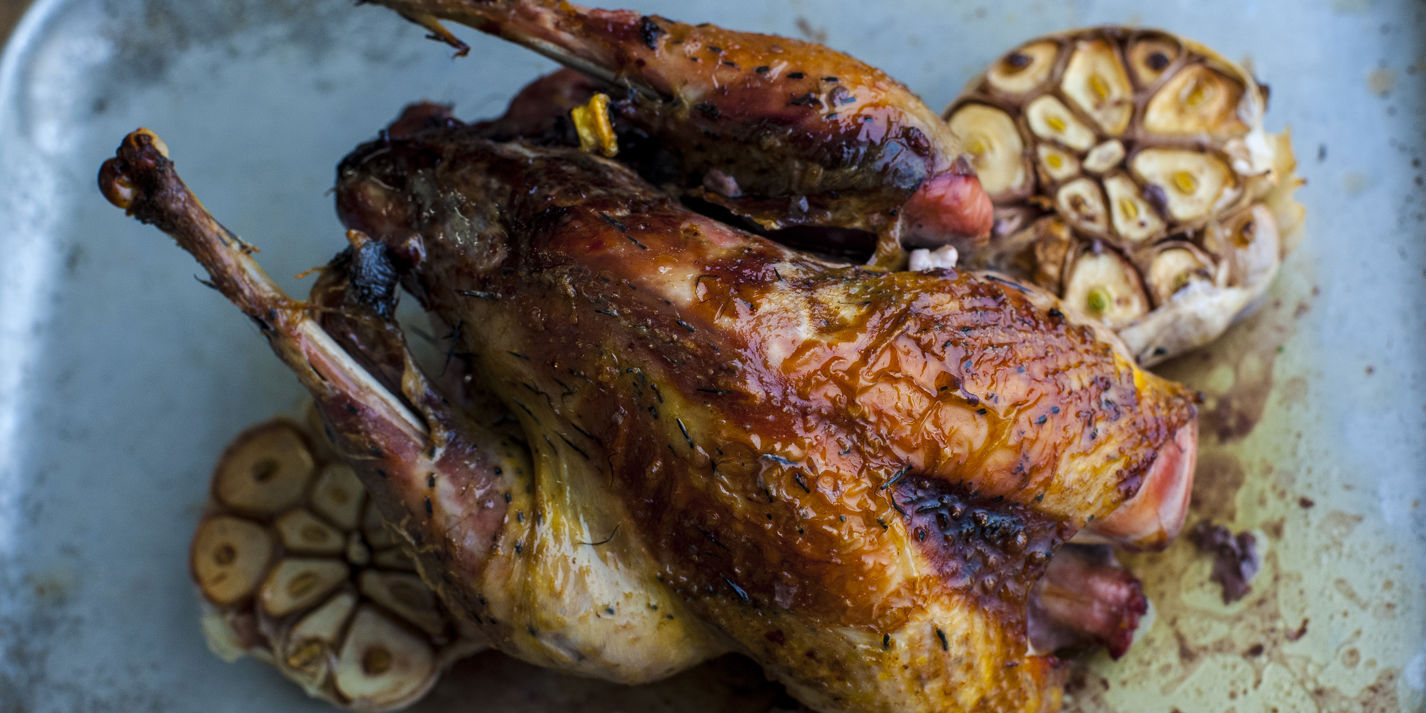The pheasant, with the male cock’s vivid and varied plumage and the female’s subdued yet still attractive colouring, is such a common sight of the British countryside, it’s hard to imagine the fowl ever being a foreign species.
No one knows precisely when the pheasant was first brought to British shores, or whether we should thank Roman Soldiers, Normans or Phoenician traders for their introduction. We do know, however, that their status as game birds has been quite longstanding, and that they have graced the dining tables of this land for at least a thousand years.
Breeds from the Far East began to be introduced to the British field for sport and ornamental purposes, with the jewel-like hues of the male pheasants being desirable in Victorian menageries.
Pheasant season in the UK begins on the first of October and ends the first of February. Once the birds have been hung for at least three days after the hunt, their feathers plucked and bodies gutted, they make a fine meal, particularly when combined with seasonal quarry such as chestnuts, apples, squash, celeriac, mushrooms and cobnuts. Young pheasants are wonderful roasted, while older fowl are fine for pies, pot roasts and casseroles. Recipes with chicken or turkey can be easily adapted and adjusted, if needed, for their gamier cousin.
Related recipe collections
Pheasant
14 Recipes | Page 1 of 7
Pheasant
14 Recipes | Page 1 of 7



